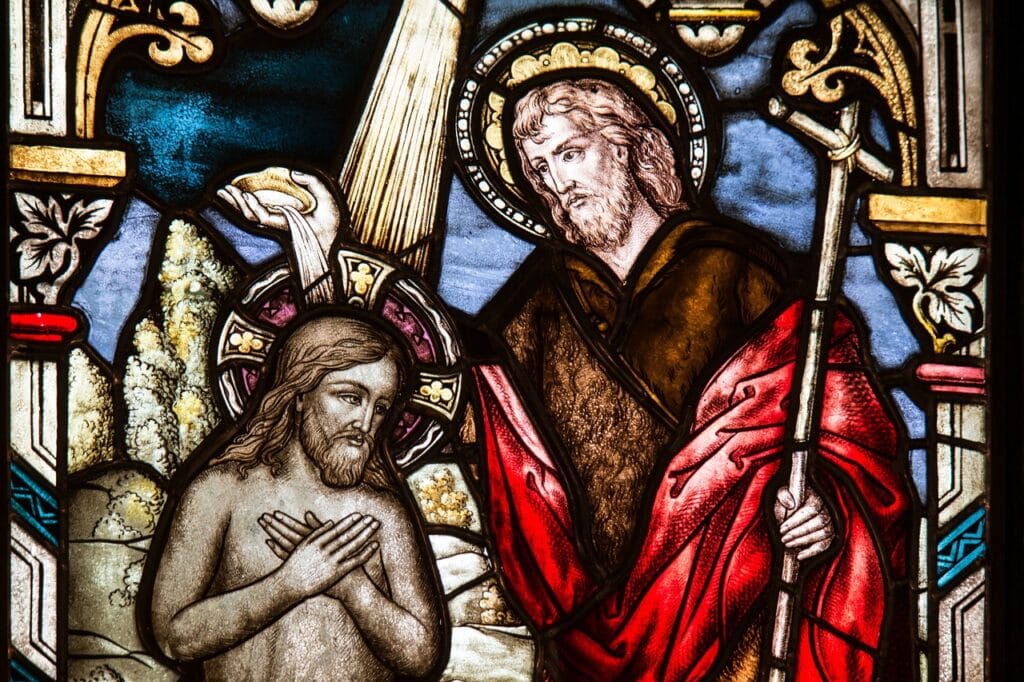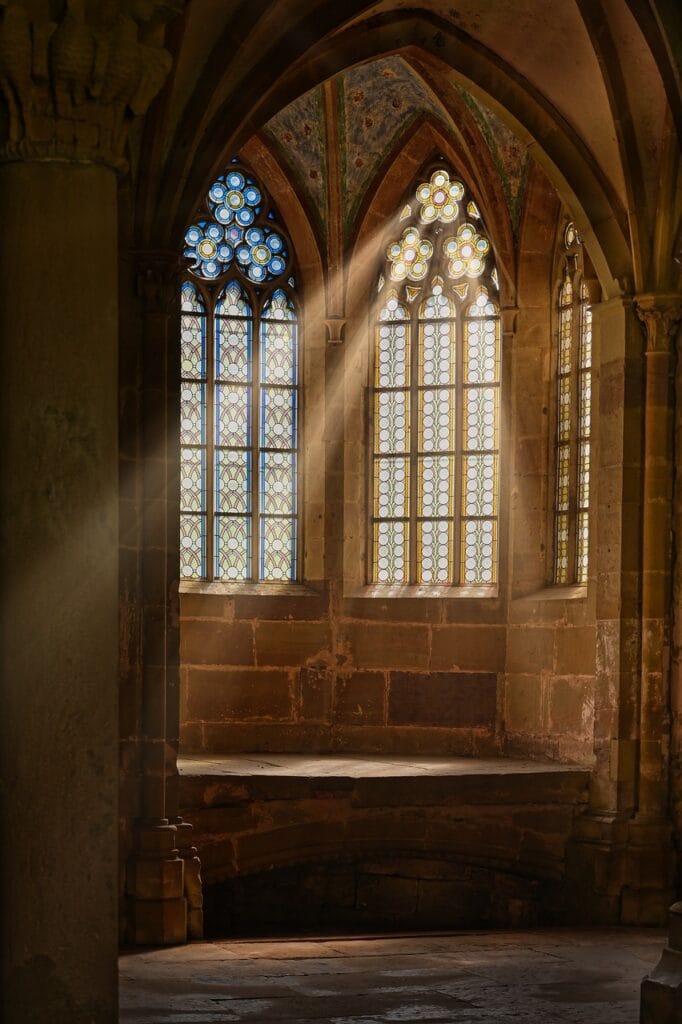
Can Baptists Dance? This question has sparked debate among church members and communities for decades. While some view dance as a joyful expression of faith, others see it as inappropriate. This article explores the roots of the controversy, the perspectives within the Baptist community, and the evolving views on dance.
Understanding the Roots of the Controversy
The question of whether Baptists can dance stems from historical, cultural, and theological perspectives. Traditionally, many Baptists have adhered to conservative values, emphasizing modesty and restraint in worship and daily life. Dance, often associated with celebrations or social gatherings, can sometimes be viewed as potentially leading to temptation or inappropriate behavior. This concern is particularly strong in communities where the focus is on maintaining a separation from worldly influences.
Baptist denominations have different interpretations of scripture and the role of cultural practices in worship. Some passages in the Bible suggest that dancing can be a form of celebration and worship. For example, King David is noted for dancing before the Lord in 2 Samuel 6:14. However, other verses highlight the need for self-control and decency in behavior. This creates a tension where the act of dancing can be interpreted in various ways, leading to differing opinions among Baptists.
The cultural context also plays a significant role in shaping views on dance. In some regions, dance is a common form of expression, while in others, it is seen as inappropriate or even sinful. These cultural norms can influence individual beliefs and church teachings, creating a diverse landscape of opinions on the matter.
Perspectives Within the Baptist Community
Within the Baptist community, there are a range of perspectives on dance. Some congregations embrace dance as a legitimate form of worship and expression, incorporating it into services and celebrations. These churches often view dance as a way to connect with God and the congregation, fostering a spirit of joy and community. They may organize dance ministries or encourage members to participate in various forms of dance during worship.
On the other hand, there are many Baptists who maintain a more conservative stance, believing that dance can lead to distractions and inappropriate behavior. For these individuals, the focus of worship should be on prayer, preaching, and singing rather than physical expression through dance. They often cite the need for holiness and purity, arguing that certain types of dance may not align with those values.
This division can create tension within congregations, as members may have differing opinions on what is appropriate. Some churches choose to address this issue openly, holding discussions or creating policies that reflect the views of the majority. Others may avoid the topic altogether, leading to unspoken disagreements among members.
The Influence of Culture and Society
Societal attitudes toward dance have evolved over the years, and this shift is reflected in some Baptist communities. In the past, dance was often associated with secular entertainment or events, leading many Baptists to reject it outright. However, as society has become more accepting of various forms of expression, some Baptist congregations have begun to reconsider their stance.
Modern influences, such as social media and popular culture, have brought dance into the spotlight. Many young people engage with dance through platforms like TikTok and Instagram, showcasing their skills and creativity. This exposure has prompted some Baptist churches to adapt and incorporate dance into their ministries, recognizing the importance of connecting with younger generations.
Moreover, the growing acceptance of diverse worship styles has led some Baptist congregations to explore new forms of expression. Dance can be a powerful tool for storytelling and conveying messages of faith. As churches strive to remain relevant in a rapidly changing world, the inclusion of dance may become more common.
Scriptural Interpretations and Dance
The Bible provides several examples of dance, primarily as a form of celebration and worship. In the Old Testament, dance is often associated with joyous occasions, such as victories in battle or festivals. Psalms 149:3 encourages praise through dance, highlighting its role in worship. Similarly, the story of Miriam, Moses’ sister, showcases dance as a response to God’s deliverance of the Israelites from Egypt.
However, there are also warnings in the Bible regarding behavior associated with dance. In the New Testament, Paul advises against indulgence in activities that may lead to sin or distract from worship. This duality in scripture can lead to differing interpretations among Baptists regarding the appropriateness of dance in worship settings.
It is essential to recognize that interpretations of scripture can vary widely among individuals and congregations. Some may view dance as a sacred act of worship, while others may see it as a potential source of temptation. These differing perspectives often reflect broader theological beliefs and cultural backgrounds.
Modern Baptist Churches and Dance
In contemporary Baptist churches, the stance on dance is often more lenient than in past generations. Many congregations have embraced a more progressive approach to worship, allowing for creative expressions, including dance. This shift is particularly evident in larger, more diverse churches that prioritize community engagement and outreach.
Some Baptist churches have established dance ministries, offering classes and opportunities for congregants to participate in choreographed worship. These ministries often focus on teaching not just dance techniques but also the spiritual significance of movement as a form of worship. This approach aims to create an inclusive environment where individuals can express their faith through various forms of art.
Moreover, interdenominational collaborations have led to an increased acceptance of dance across different Christian communities. Many Baptist churches participate in joint events or services with other denominations, allowing for a broader exchange of ideas and practices. This exposure can help normalize dance within the Baptist community, fostering a spirit of unity and shared worship experiences.

Conclusion
The question of whether Baptists can dance is multifaceted, reflecting a range of cultural, theological, and personal beliefs. While some Baptists embrace dance as a form of worship and expression, others remain cautious, emphasizing the need for restraint and holiness. As society evolves, many Baptist congregations are reexamining their views on dance, finding ways to incorporate it into their worship.
Ultimately, the decision to dance within the Baptist faith is a personal one, shaped by individual beliefs and community norms. As more Baptist churches become open to diverse forms of worship, dance may continue to find a place in the expression of faith for many believers.
FAQs
1. Is dancing allowed in all Baptist churches?
Not all Baptist churches have the same stance on dancing. Some embrace it as a form of worship, while others may discourage or prohibit it. Practices vary widely based on the church’s beliefs and cultural context.
2. Are there specific types of dance that are considered acceptable in Baptist worship?
Acceptable types of dance can vary depending on the individual church’s interpretation and tradition. Generally, dances that are respectful and in line with worship themes are more likely to be accepted.
3. How do Baptist beliefs about dance compare to other Christian denominations?
Beliefs about dance can differ significantly between Christian denominations. Some denominations may fully embrace dance in worship, while others may have stricter guidelines, similar to some Baptist congregations.
4. Can dance be a form of prayer in the Baptist tradition?
Many Baptist believers see dance as a form of prayer and worship, using movement to express their relationship with God. This perspective is becoming more common in modern Baptist congregations.
5. How can I find out my local Baptist church’s stance on dancing?
To learn about a local Baptist church’s stance on dancing, consider attending a service, speaking with church leaders, or checking the church’s website for their beliefs and practices regarding worship and expression.







Ridiculous story there. What happened after?
Thanks!